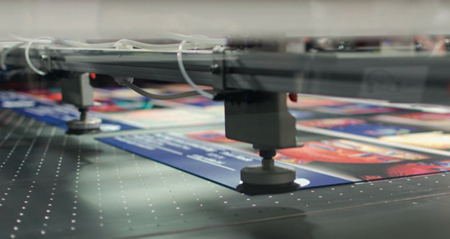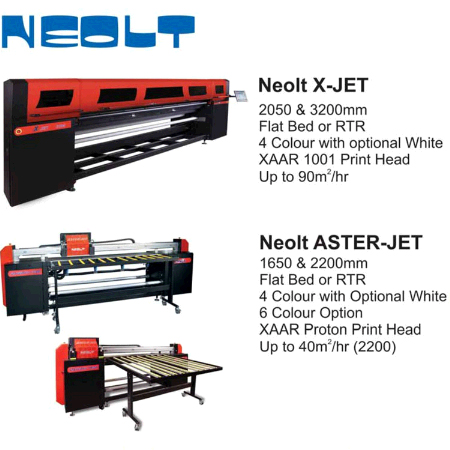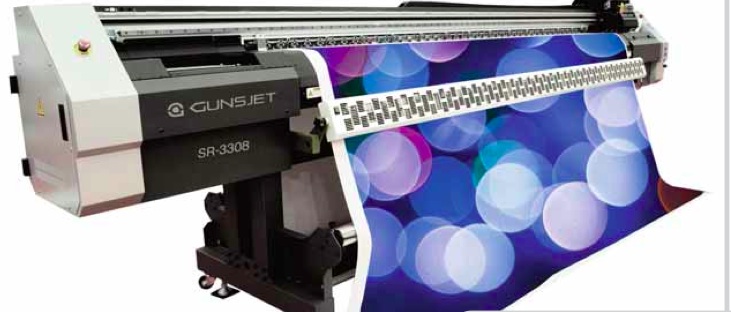Nessan Cleary asks users for their feedback on this cutting table, which was introduced by Esko at Drupa last year.
Most people who invest in a UV flatbed printer quickly find that a cutting table is an essential accessory to keep jobs moving through production and prevent bottlenecks. These tables can handle most materials from vinyl through to acrylic and many now sport powerful routing heads for dealing with the tougher substrates such as aluminium. There are several to choose from but Esko's Kongsberg tables have established themselves as one of the market leaders. Esko has a bewildering array but the XN series, introduced at last year’s Drupa show, has proven popular.





